One part of Tayside and Fife stuck out when the votes were counted in the independence referendum 10 years ago – Dundee was alone in the region to back a Yes vote.
A decade on, here’s how each council area split between Yes and No on September 18, 2014.
Our map shows each of Scotland’s 32 council areas.
Dundee bucked the trend – beyond just three other areas in and around Glasgow.
Fife mirrored the overall national vote at 45-55 for staying in the UK.
Angus fell similarly between the two camps.
Perthshire was among the regions with a high concentration of unionist voters.
We also looked at how the opinion polls shifted over time.
Look for the key moments in UK life, such as Brexit, and how they might have affected people’s views.
The EU vote appears to have pushed pro-independence feelings up the scale.
But Nicola Sturgeon was unable to capitalise.
It has fluctuated recently between Yes and No.
And the most recent polling at the weekend suggests the younger generation would be the one to put independence back on the table.
Nearly two-thirds of 16 to 34-year-olds say they would be a Yes vote now – but the same figure of over 65s would say No.
Without any clear route to a second referendum, and activists disillusioned, it looks like the vote will remain a lesson for history rather than a springboard for another one.
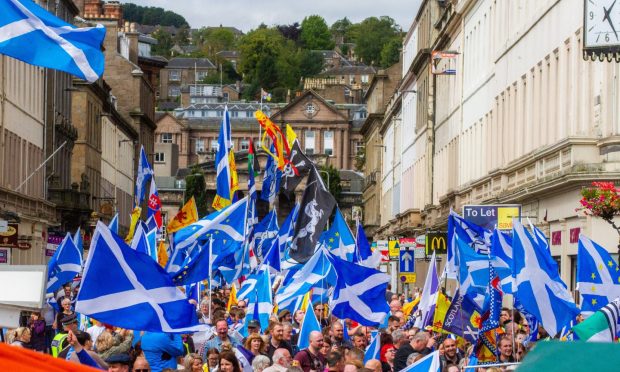
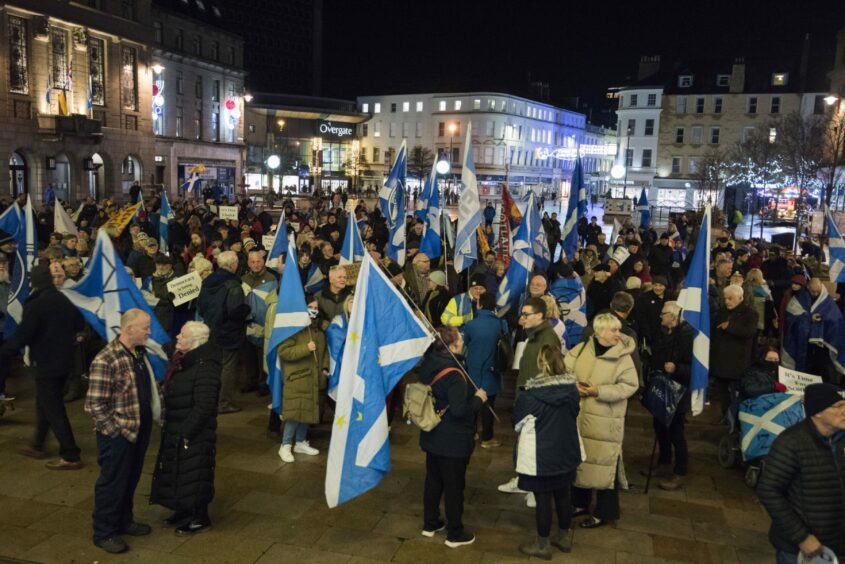
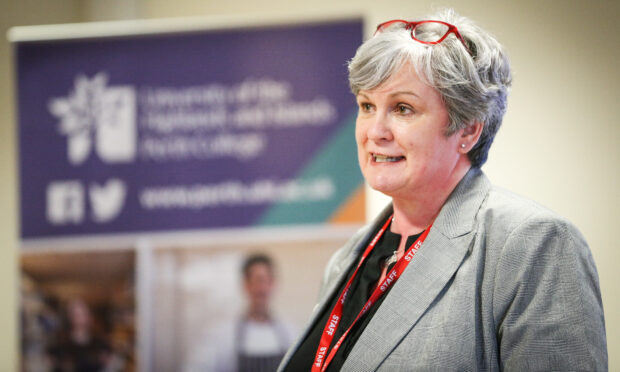
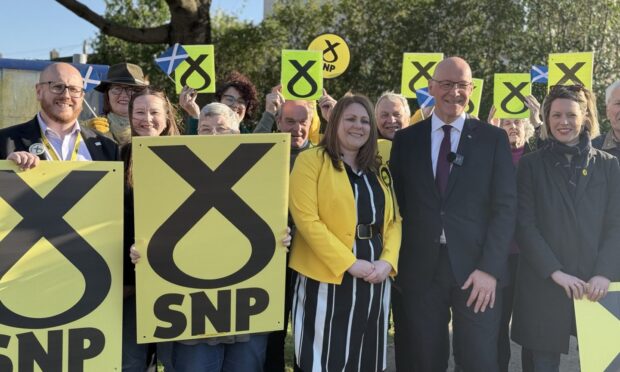
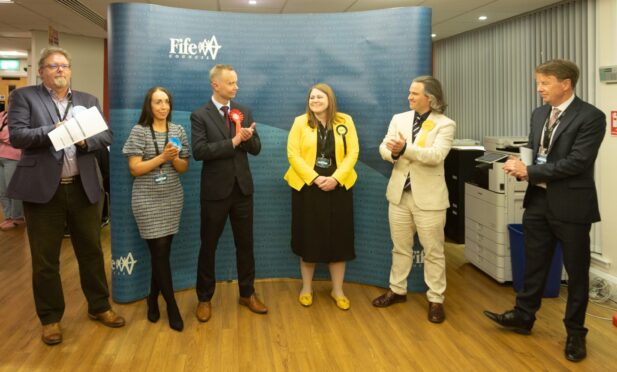
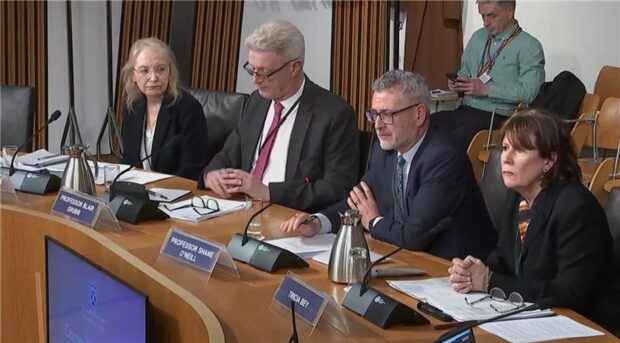
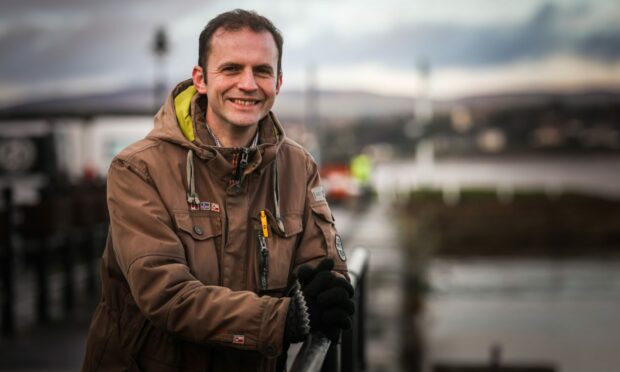
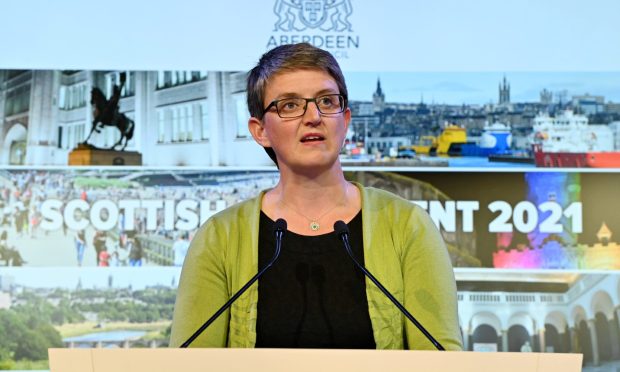
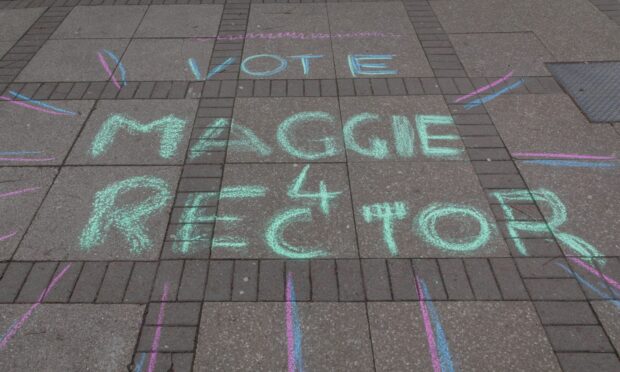
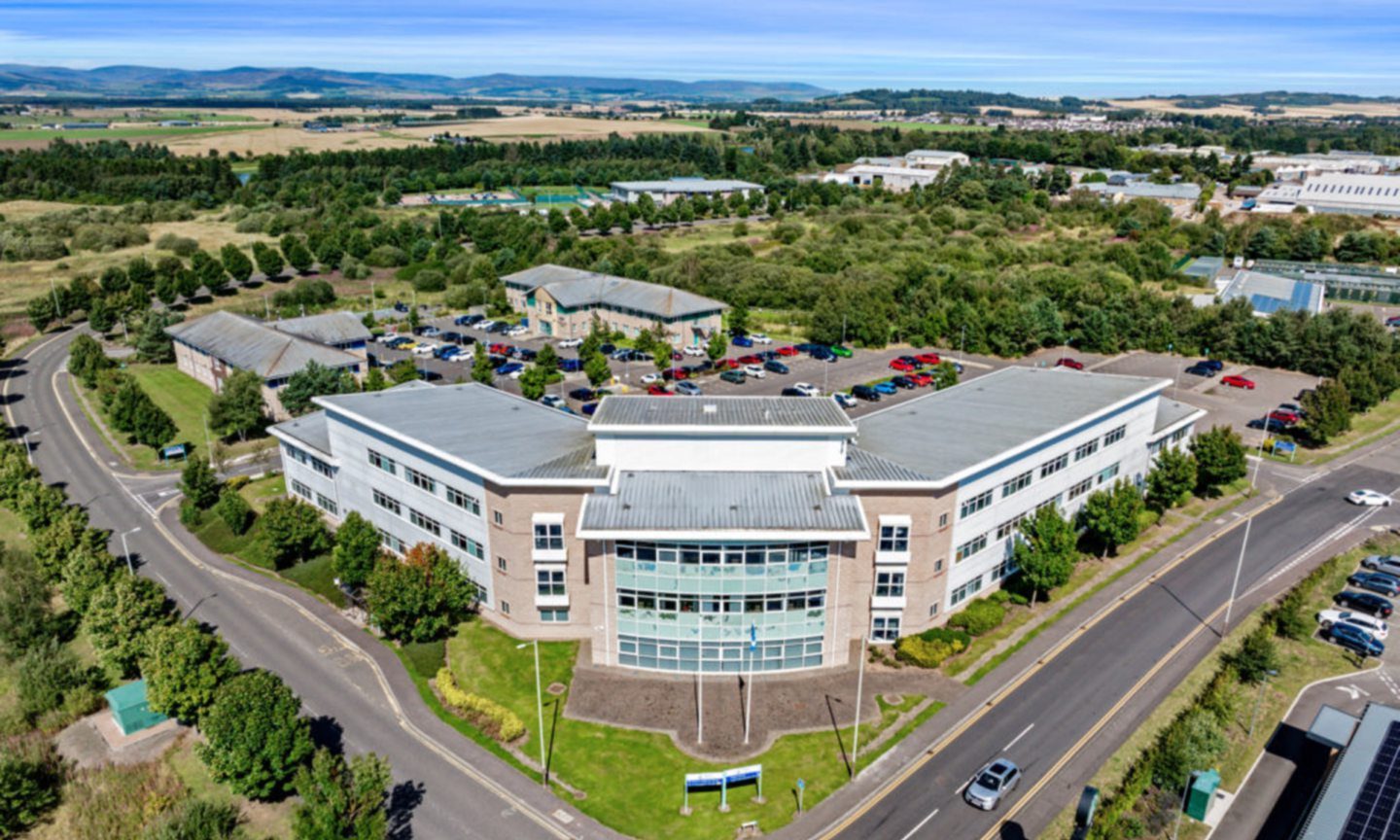
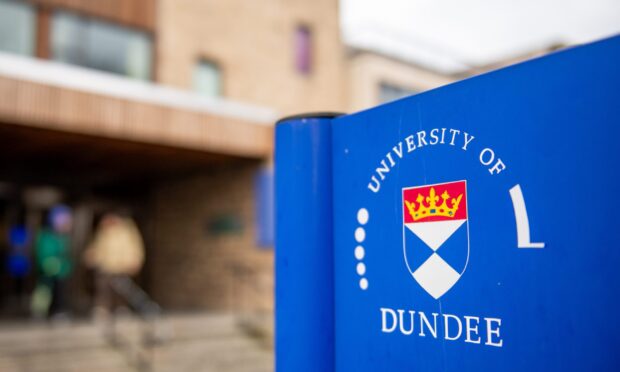
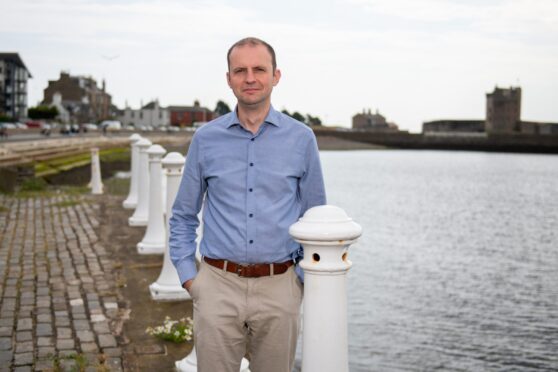
Conversation